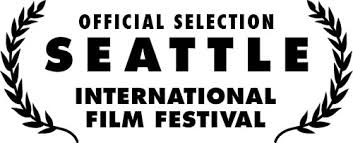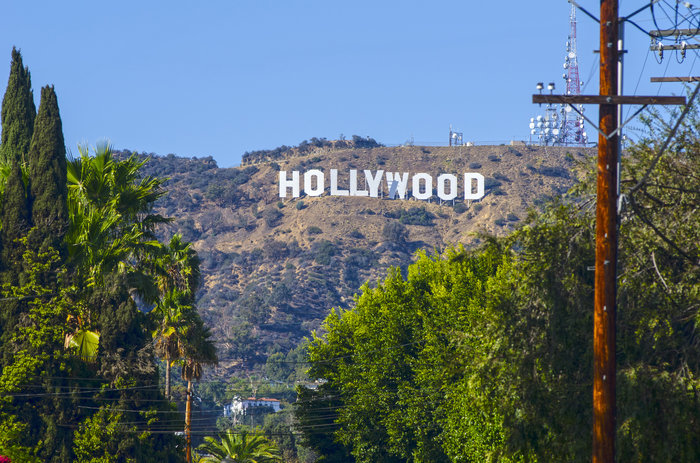When analyzing our community partners own personal perspective for the making of our project I think that it was really important to have empathy for what he does at the Seattle International Film Festival. Dustin from SIFF works with the department dealing specifically with African films and analyzing them and their culture. What Dustin has done for African Film in America is truly amazing because when no one really was volunteering to start analyzing this cultures film industry he was the one who rose to the occasion and took the challenge. In the meeting with Dustin he talked all about his journey through African films from where it started to where it is now. Dustin told us about how he had been to Africa multiple times to talk to and discuss films with popular directors in this country. He also talked about how he learned a lot about the African culture in general which gave him a better perspective when analyzing these African American films. This gave him a great frame of reference and empathy towards the culture that he has been studying and gave him a platform to introduce these African films to the American film industry. Overall I think that Dustin has done a great job of trying to get people to come see these films and overall just trying to fix the problem of racial inequality in American films

In the eighth chapter of “Amusing Ourselves to Death”, Postman talks about media and how it is being viewed by people and how it should be viewed by people. He says” Entertainment is the supra-ideology of all discourse on public television. No matter what is depicted or from what point of view, the overarching presumption is that it is there for our amusement and pleasure” (Postman, 1985, p.87). In this quote in particular Postman shares a blanket statement on what the entire chapter is about in his own words and it relates directly back to the American film industry. He wants the reader to know that people are taking media and entertainment seriously but is also trying to tell the reader that this is not how media and entertainment should be digested. After reading about some of the top movies that deal a lot with race and have heavy racial issues in them, I saw that people seem to look at these movies like there reading a history book. This is exactly what Postman is trying to discourage because of how the media and entertainment industry is structured. The American film industry is a business and its priority is to make movies that will entertain the people in order to make revenue. So why are we still treating it like we went back in time and are experiencing what happened in history?
In an article written on the website studybreaks.com, author Galen Patterson writes all about racism in the film industry and how it has affected the industry past and present. She talks about the past and how “…Movies were made predominately by white directors and producers with white casts and audiences in mind” (Patterson, 2017). This alone has created a problem with racism in the film industry because it has carried on for so long. We are just now recently seeing more and more races being involved in the American film industry but back during all that time in-between when everyone was supposed to be treated equally and now, it seems as if people forgot about some of the different industries that didn’t have a wide range of people from different races. I also think that media and the digital media age has a lot do with this because without the digital media platforms we have today this issued still probably would not be resolved due to lack of attention given to the subject. Now, coming from the other side of racism in the film industry I found a very interesting article on the NPR website written about a recent study done by USC regarding actors and actresses in the American film industry. The quote that I thought was extremely important was a fact brought up by the Study at USC saying that “Just 28.3 percent of characters with dialogue were from non-white racial/ethnic groups” (Deggans 2016). This one fact tells a lot about the entire film industry and how this is still a problem that should have been dealt with a long time ago. I think that both of these sources really do a good job of showing how much values and beliefs play into this whole thing. If we do not value something like this issue, which we obviously have not, then we will not see any change in its current state. That right there is why we have not seen any change in equality for different races in the film industry. It even says in the definition of values on black’s law dictionary that values are “…what is good and what is not about a culture” (Values, N.D.). Based on this definition we see that based on our own individual values we decide what is good and what is not about the culture and we see in the American film industry that not enough people have considered this too be a value and address the topic.

In Takaki we see that he tackles race issues all throughout the course of his book but I wanted to close in on specifically chapter 17. He begins to write about Bill Clinton and his final speech in office and how Clinton gave a call to action to the American people on racism in America. Takaki quotes Bill Clinton saying “We face a different choice: will we become not two but many Americas, separate, unequal and isolated? Or will we draw strength from our people and the ancient faith in the quality of human dignity, to become the world’s first truly multiracial democracy?” (Takaki, 2008, 435). This quote was extremely powerful because of how direct of a statement and call to action it was by a person of such authority and who was white. As we see here Bill Clinton made this issue of culture a value to him and addressed it to the entire country.
In conclusion, I think that all of these examples do a great job of expressing the struggle that people of different races deal with in the American history. As for the Takaki quote and the Postman quotes these do very good job of explaining the problem that stands before us and how we can address this problem as well.

References Cited
Deggans, E. (2016, February 22). Hollywood Has A Major Diversity Problem, USC Study Finds. Retrieved December 11, 2017, from https://www.npr.org/sections/thetwo-way/2016/02/22/467665890/hollywood-has-a-major-diversity-problem-usc-study-finds
Postman, N. (1985). Amusing ourselves to death: public discourse in the age of showbusiness. New York, NY: Viking Penguin Inc
Racism in the Film Industry. (2017, May 22). Retrieved December 11, 2017, from https://studybreaks.com/2017/05/22/racism-film/
Takaki, R. (2008). A different mirror: a history of multicultural America (Revised ed.). New York: Back Bay Books.
What is VALUES? definition of VALUES (Black’s Law Dictionary). (2013, March 02). Retrieved December 11, 2017, from https://thelawdictionary.org/values/

